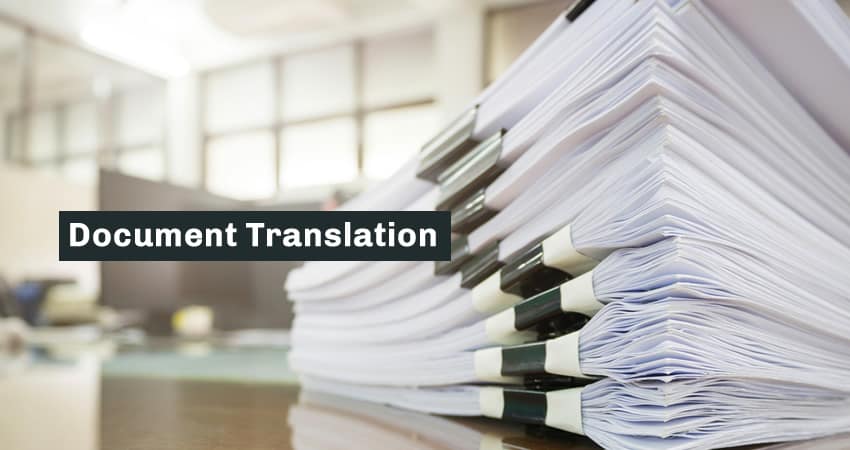Having a document translated is a great way to ensure that it is understood and accepted by all parties. Whether you are sending a contract to a potential partner, or a document for an application to a school, it is important to get the right translation. There are a number of different services available, including certified, notarized, and Post-editing machine translation (PEMT).
Legal documents
Regardless of the purpose of legal document translation, accuracy is paramount. Faulty or inaccurate translations could lead to a misunderstanding, a lawsuit or even a loss of trust from a partner or court.
There are many companies offering translation services. But finding the best one can be a tricky task.
First and foremost, you should choose an expert. These professionals have the knowledge and expertise to translate documents in the proper language. They should also be native speakers of the target language. They will also have the appropriate training and experience to understand the nuances of the legal system.
In addition, you should ask for a quote. This can help you determine the best price for your translation project. The price of translating a legal document can vary depending on the amount of work required, the urgency of the document and other factors.
Notarized translations
Obtaining notarized document translations is a legal procedure that serves as an extra layer of accuracy. A notary public, which is a government official, seals and authenticates the accuracy of the translation. They are important for immigration, legal and court procedures.
There are a number of laws that govern notarized document translations. They differ from country to country. You should check with the institution you are requesting the translation for to be sure of the requirements.
For example, if you are applying for a job, you should check with the employer to see if they require a notarized translation. If they do, you should get the translation completed by a government-certified translator.
You may also need to obtain notarized document translations if you are using a foreign-issued financial document. You can find a list of companies that provide such services online.
Certified translations
Whether you’re a translator or an end user, you need to be sure that your documents are certified. If they’re not, you could face penalties and even be rejected.
Certification can be achieved in several different ways. Some organizations and institutions have a standardized process. ATA (American Translators Association) is one organization that offers sample certifications and short forms. You can also add an ATA-certified translator seal to your resume or business cards.
Certified translations are typically required for official government documents. You may also need them to validate financial statements or patent filings. You might also need a certified translation for your own personal documents or legal proceedings. You might also need a certified translation if you’re doing business overseas.
If you’re a translator, you may want to check with the requesting party to see if he or she requires a certified translation. You might find that the requesting party doesn’t require one, or that there are special requirements.
Post-editing machine translation (PEMT)
Using Post-Editing Machine Translation (PEMT) for document translation can add a professional touch to a product. PEMT is a hybrid translation process that involves the initial machine translation of a text and human editing. The result is an accurate certified translated document.
MT is often used for bulk copy that needs to be translated quickly and cost efficiently. In order to achieve the most accuracy, PEMT is performed by a team of translators. This method is ideal for highly structured documents and bulk copy.
During the post-editing process, a human translator will try to correct the deficiencies in the machine translation. They will do this by comparing the translated version with the source text and checking for clarity and consistency.
The human translator will also try to address any cultural gaps that are present in the source text. In many cases, this will require a significant amount of time.
Apostille
Getting an Apostille document translation is one of the most important tasks in getting a legal document to be used in a foreign country. This is because an Apostille can be used to legalize a document, such as a birth certificate or an administrative document, and it can also be a necessary step to apply for a visa.
The process of getting an Apostille is not too complicated, but it does take a bit of time. You can choose a legal translation service to do it for you, or you can go to a consulate to have it done. If you want to have the Apostille document translated, it is a good idea to hire a professional translation service with a good reputation.



